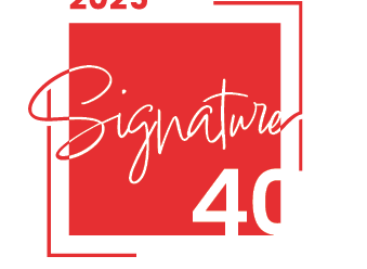Five easy practices by Gijs van Wulfen to be more innovative
Innovation is one big struggle. Not being able to change habits within the organization. Being creative at the wrong moment. Frustrated by budget cuts. Confronted with a lack of entrepreuneurship. Putting pressure on people in operations who resist change. Taking the credits as team leader myself instead of praising the team.

Yes, I made a lot of mistakes as marketer, strategy consultant and innovation facilitator. The good news is that I learned a lot. That’s why I love to share ten lessons how you can be an effective innovator in your organization.
1. Innovate together. As a young marketer I used the word ‘I’ way too much. Being responsible for a product category, I considered myself king of a small universe. You can get wonderful ideas on your own. But in an organization you can only innovate together. You need all the other departments to develop your product, to produce it, service it, sell it and bill it. That’s why innovating in a team is more effective. The chance that a new-to-the-company innovation survives is much higher if it has a lot of fathers and mothers.
2. Choose the right moment. On continuous basis organizations develop and launch variations of present products or services. It’s less risky. Most companies step into new markets or launch disruptive initiatives when they realize that present markets and products can’t generate growth anymore. So be like a hunter. Who only shoots when he knows that one bullet is a sure kill. So for real innovation projects you better wait until the right moment of real urgency.
3. Facilitate. When the company appoints you as ‘innovator’ others have the tendency to sit back, because innovation is now your responsibility. Don’t fall into this trap. Don’t come up with new products, services or business models yourself because it will all stay YOUR initiatives. A much more effective role as central ‘innovator’ is to facilitate innovation. This means you help others in line functions with processes and resources to be more innovative themselves.
4. Discover Needs. Your innovative product or service requires a different behavior from your customer. They will change their behavior and/or internal processes (in BtB) only when your innovation solves a challenge or problem for them. That’s why it’s so important to identify customer dreams, needs and problems in the very early stages of your innovation process.
5. Use the Voice of the Customer. Once you’ve developed an innovative idea or prototype the question remains: is this a good idea or not? In your organization are a lot of persons resisting change. They will say no to anything. In my role as marketer in the food industry I learned to make use of the voice of the customer to get internal support. So test your ideas and prototypes in an early stage at customers. And use the favorable test result and enthusiast testimonials to get internal support.
Related news
TMK 2in1: workshop and barbecue
🎧 Hallgasd a cikket: Lejátszás Szünet Folytatás Leállítás Nyelv: Auto…
Read more >German consumers are listening less to influencers
🎧 Hallgasd a cikket: Lejátszás Szünet Folytatás Leállítás Nyelv: Auto…
Read more >(HU) Nem a magánélettel kell címlapra kerülni
🎧 Hallgasd a cikket: Lejátszás Szünet Folytatás Leállítás Nyelv: Auto…
Read more >Related news
Signature 40 – the region’s new common language: An interview with founders Márton Nagy and Ádám Vaszary on the new dimension of the Signature Platform in 2026
🎧 Hallgasd a cikket: Lejátszás Szünet Folytatás Leállítás Nyelv: Auto…
Read more >Superbrands celebrated again in 2025
🎧 Hallgasd a cikket: Lejátszás Szünet Folytatás Leállítás Nyelv: Auto…
Read more >(HU) Karácsonyi tv-reklámok 2025 – indul a közönségdíj szavazás
🎧 Hallgasd a cikket: Lejátszás Szünet Folytatás Leállítás Nyelv: Auto…
Read more >






